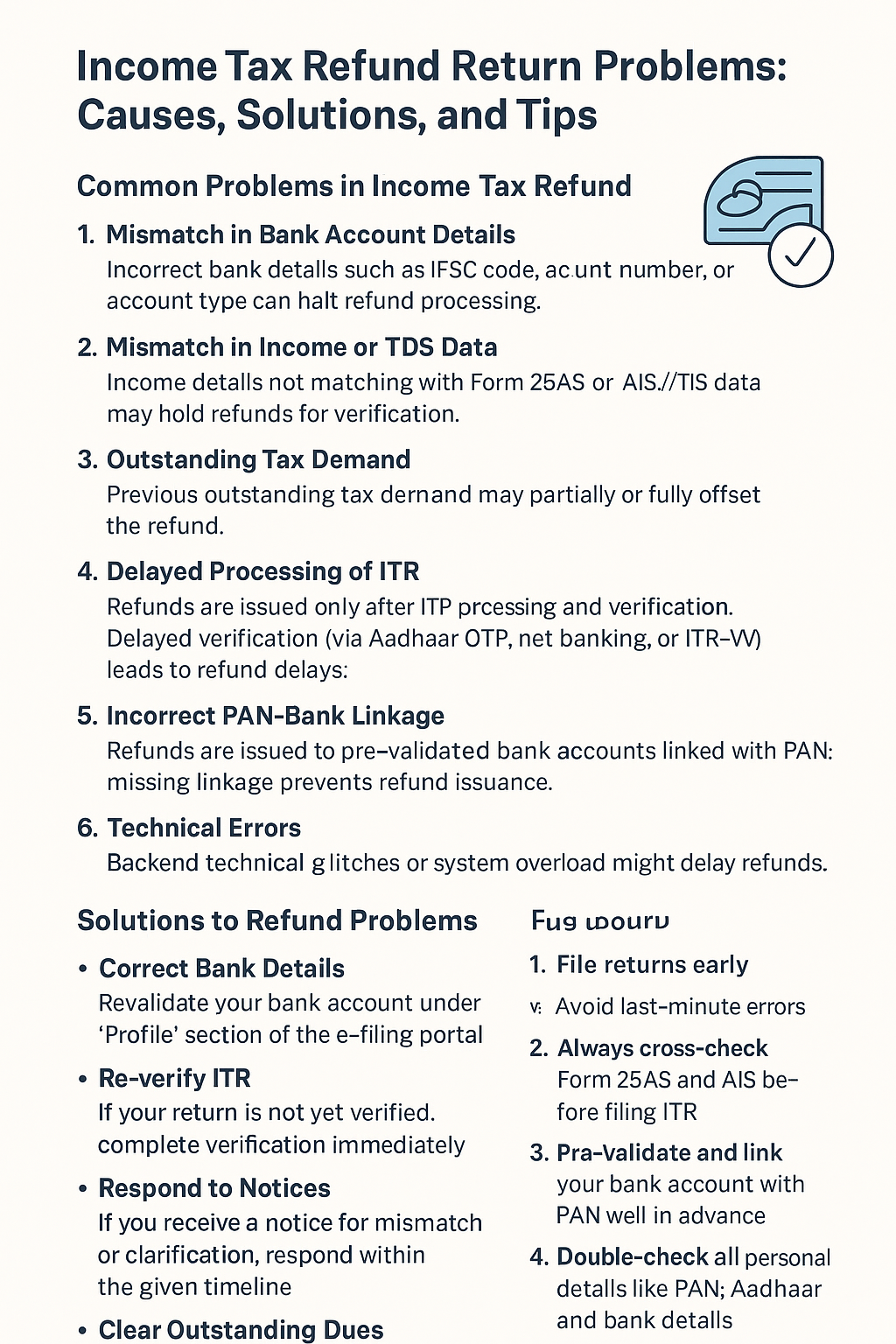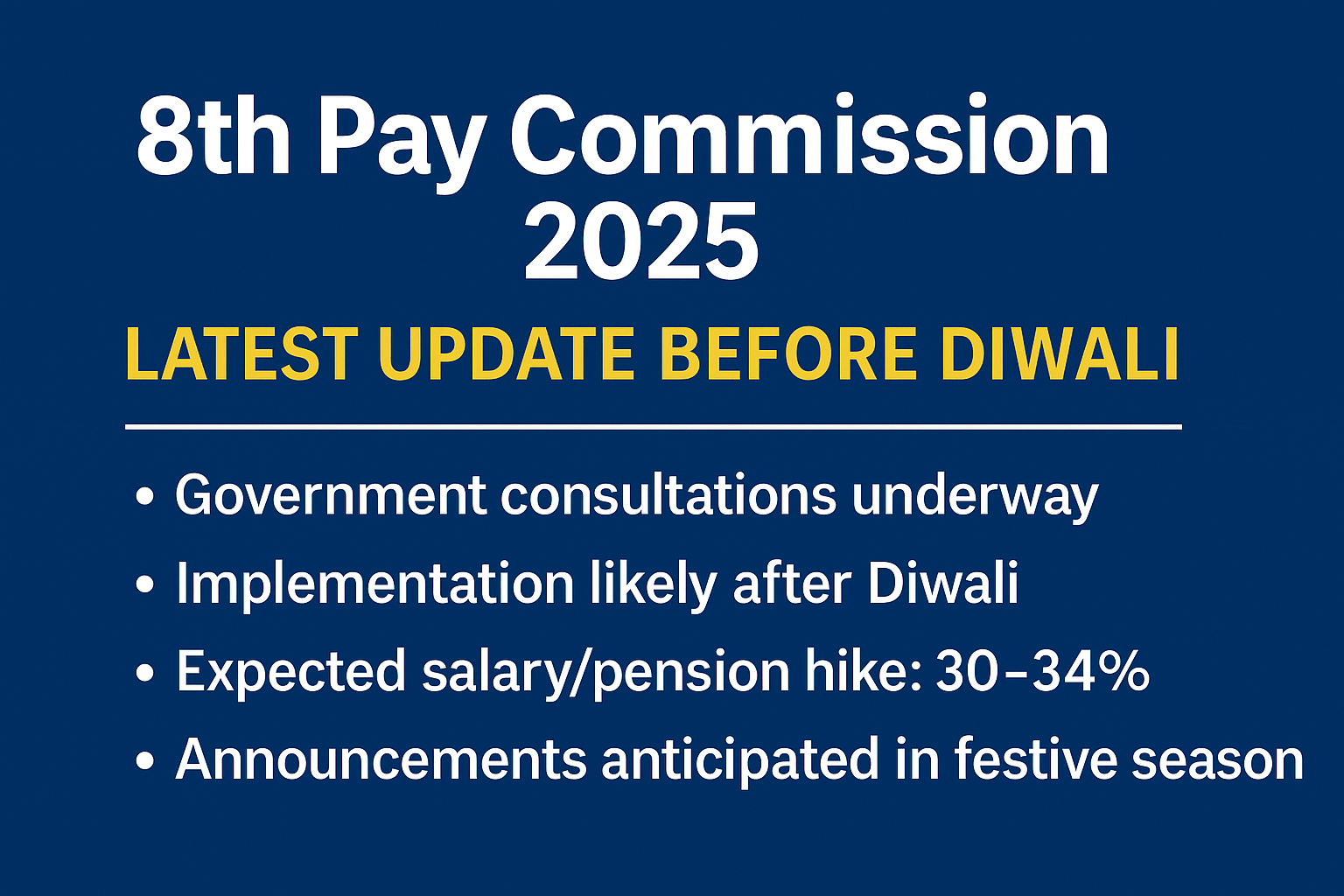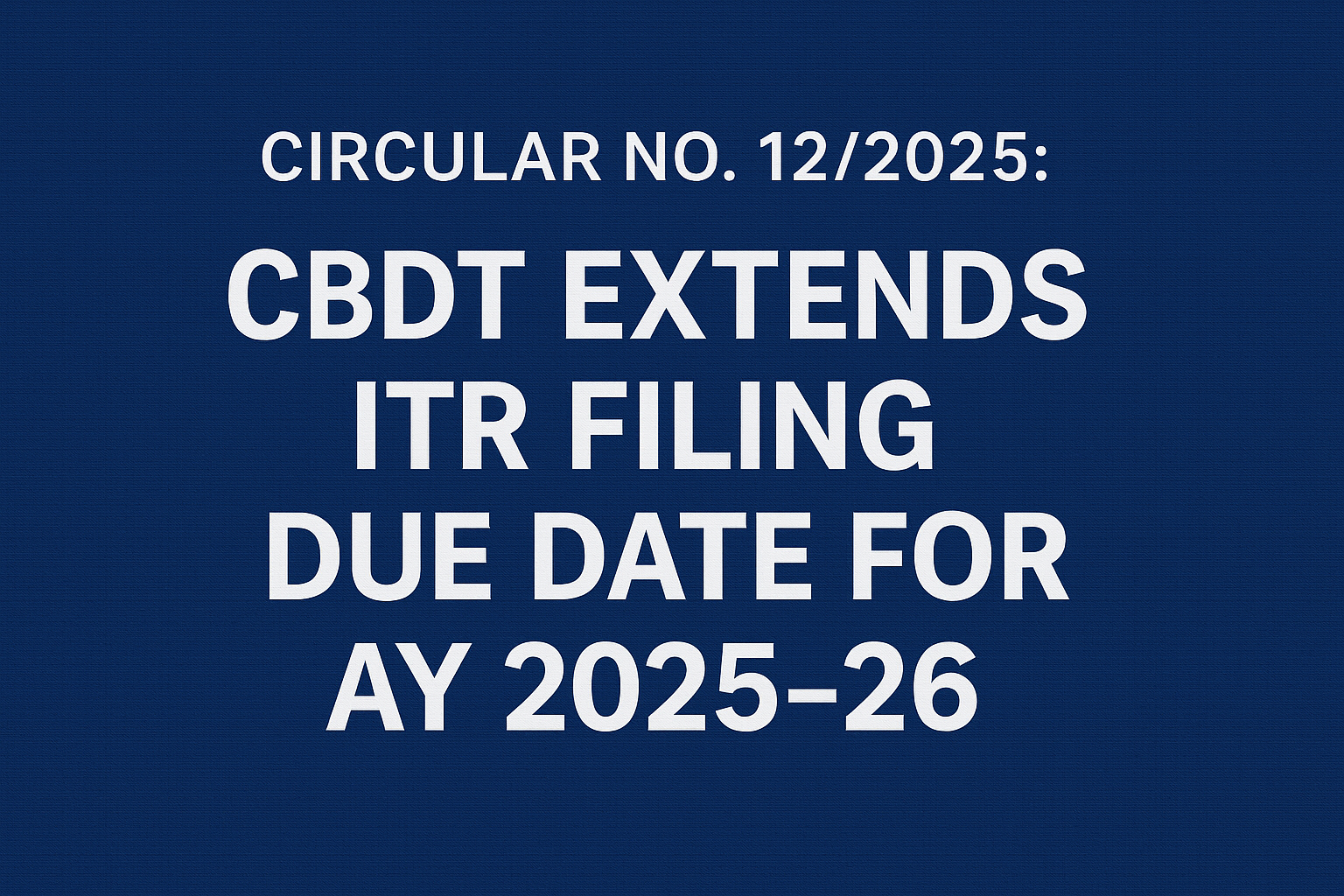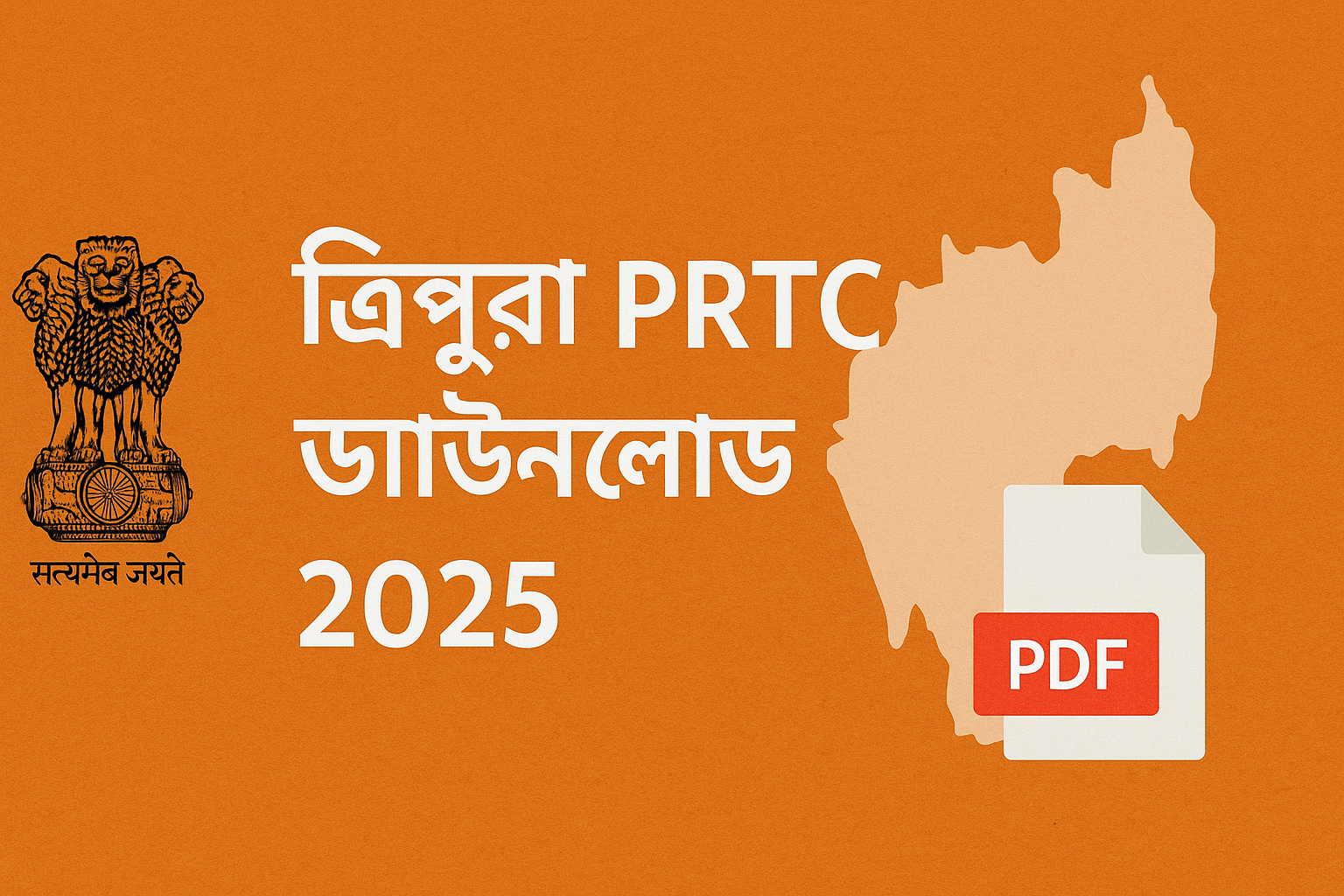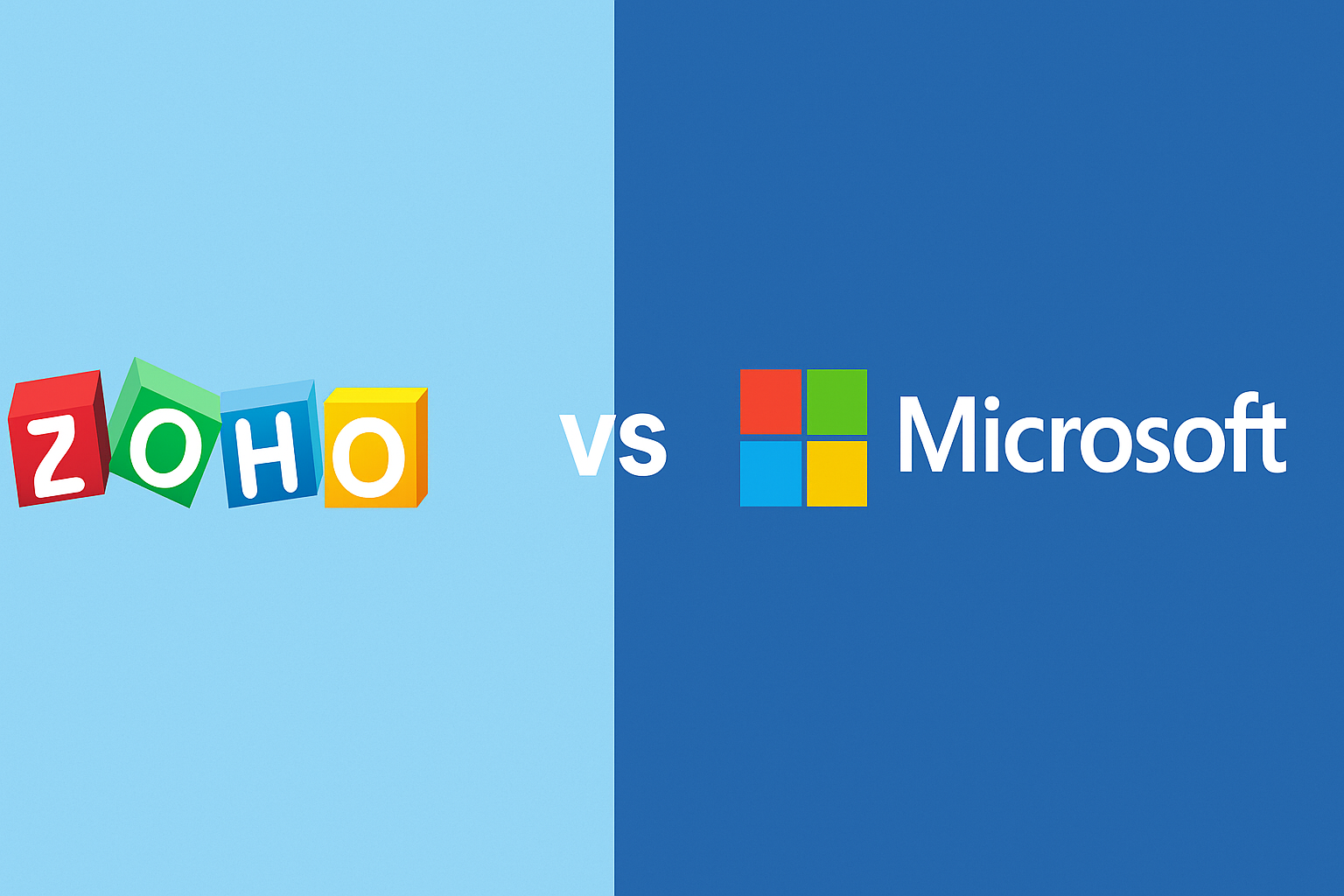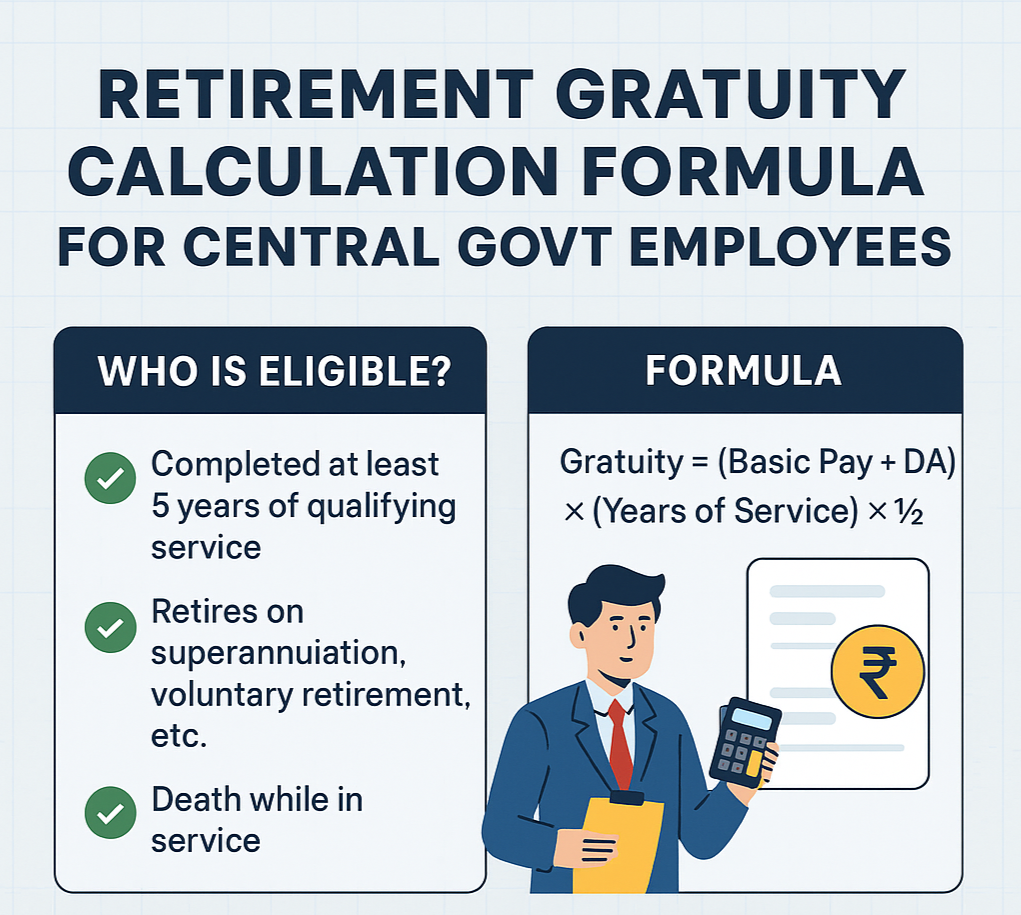OPS vs NPS: Key Differences Between Old and New Pension Schemes
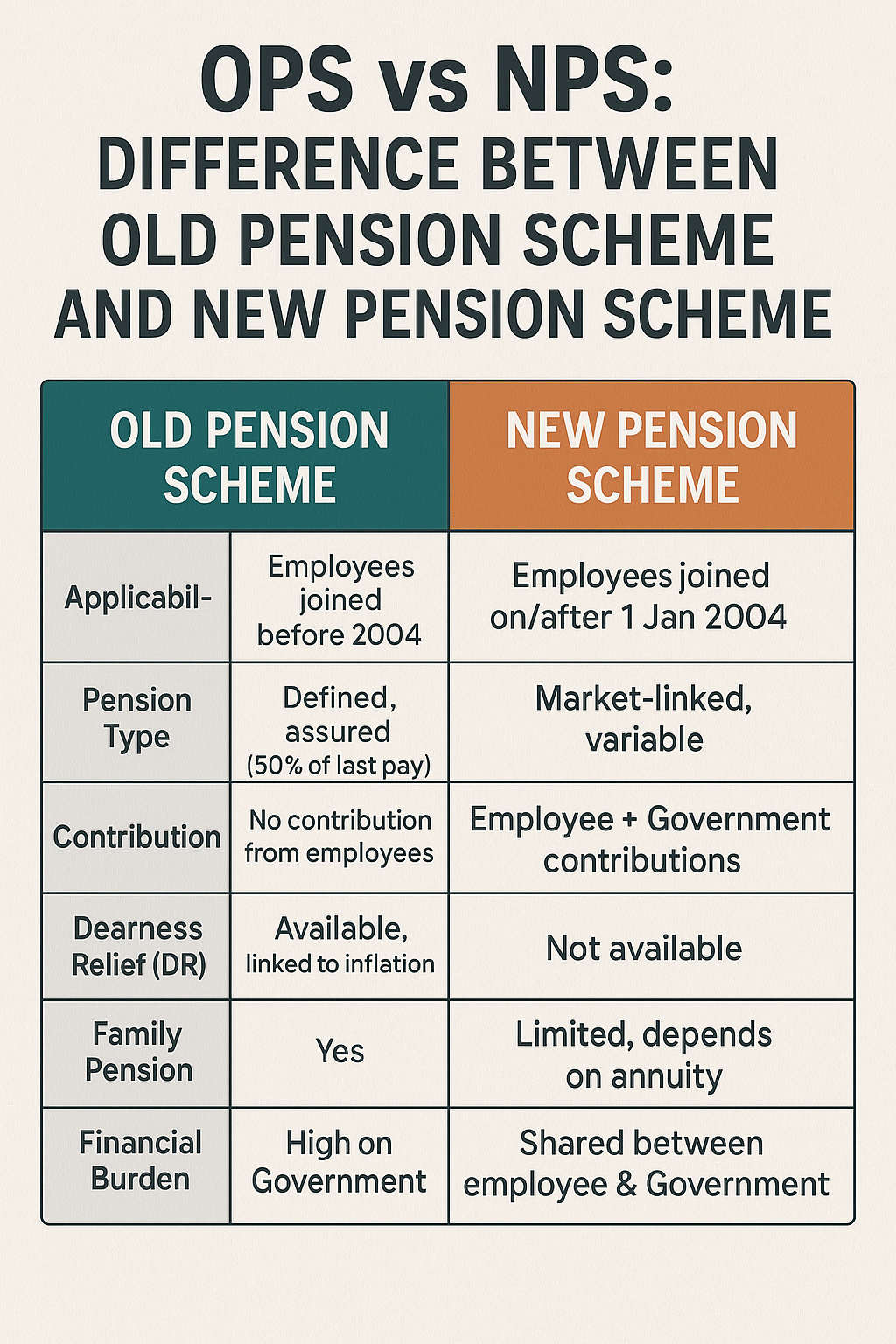
OPS vs NPS: Key Differences Between Old and New Pension Schemes
In India, the debate around Old Pension Scheme (OPS) vs. New Pension Scheme (NPS) continues to grow. Both schemes are designed to provide retirement security for government employees, but they differ significantly in structure, benefits, and financial impact. Let’s understand the key differences.
What is Old Pension Scheme (OPS)?
The Old Pension Scheme was in force before 2004 for government employees. It provided:
- Assured pension after retirement, usually 50% of the last drawn salary.
- Dearness Relief (DR) linked to inflation, ensuring rising pension benefits.
- Family pension for dependents in case of the employee’s death.
- Entire pension was government-funded, with no employee contribution required.
Drawback: OPS created a heavy financial burden on the government due to lifelong pension liability.
What is New Pension Scheme (NPS)?
The New Pension Scheme, introduced in 2004, applies to employees who joined government service after 1st January 2004 (except Armed Forces). Its features are:
- Contribution-based system – Employee contributes 10% of salary + DA, while Government contributes 14%.
- Pension depends on the market performance of invested funds.
- At retirement, 60% of the corpus can be withdrawn as lump sum, while 40% must be invested in an annuity plan for monthly pension.
- Provides portability and is regulated by the Pension Fund Regulatory and Development Authority (PFRDA).
Drawback: NPS does not guarantee a fixed pension; the amount depends on contributions and market returns.
Key Differences Between OPS and NPS
| Feature | Old Pension Scheme (OPS) | New Pension Scheme (NPS) |
|---|---|---|
| Applicability | Employees joined before 2004 | Employees joined on/after 1 Jan 2004 |
| Pension Type | Defined, assured (50% of last pay) | Market-linked, variable |
| Contribution | No contribution from employees | Employee + Government contributions |
| Dearness Relief (DR) | Available, linked to inflation | Not available |
| Family Pension | Yes | Limited, depends on annuity |
| Financial Burden | High on Government | Shared between employee & Government |
Current Scenario
- Many state governments are demanding restoration of OPS citing employee welfare.
- The Union Government, however, supports NPS, highlighting fiscal sustainability.
- Employee unions argue OPS provides security and dignity, while NPS offers uncertain retirement income.
Conclusion
The OPS vs NPS debate is essentially about security vs. sustainability. OPS ensures a guaranteed pension, but increases the financial burden on the exchequer. NPS promotes shared responsibility and long-term sustainability, but lacks the guarantee of stable post-retirement income.

.jpeg)
.jpeg)
.jpeg)
.jpeg)
.jpeg)
.jpeg)
.jpeg)




.jpeg)



